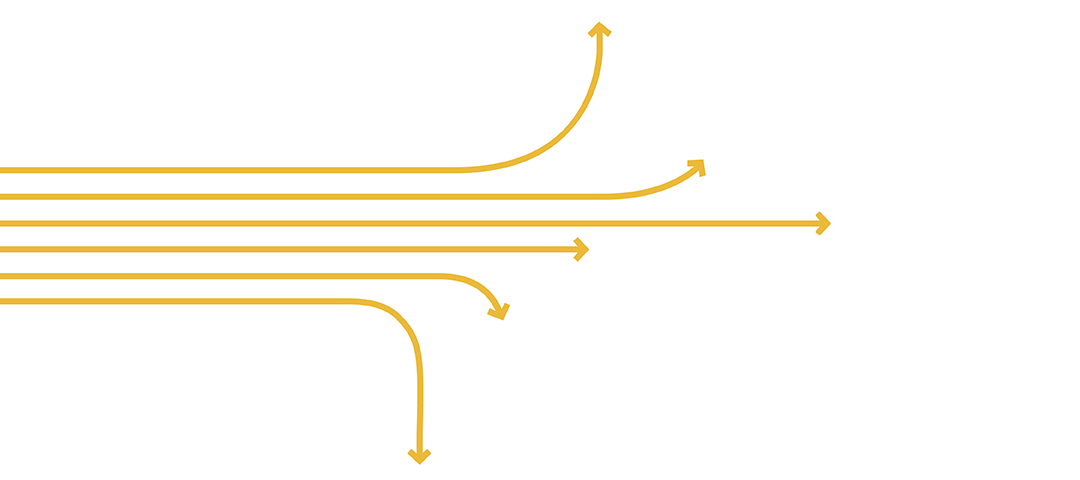The Future of Asia: Forces of Change and Potential Surprises – Supplementary Report

Innovative Asian Cities Could Leap Ahead
On this page
What is it?
Why is it important?
References
What is it?
Asian cities such as Singapore, Hong Kong, Tokyo, Seoul and Taipei, with high population densities and a track record of high-tech advances, have set a high standard for urban innovation in Asia. A new crop of innovative cities – high-tech eco-cities and entrepreneurial slums – are now showing that innovation comes in many guises.
Asian urbanization will continue at an unprecedented pace, with another 1.1 billion people projected to move to cities in the region in the next 20 years.1 This trend will bring its share of challenges, but may also trigger innovative changes. For example, the large scale eco-city of Songdo in South Korea is being built from scratch. Once completed, it will become the largest of 15 planned South Korean “ubiquitous cities.”2 In such cities, “ubiquitous computing” is integrated within the urban environment, where virtually every computing device is linked to an information network, facilitating services such as parking, traffic, crime prevention and much more.
Why is it important?
Asian cities will need to find innovative ways to address congestion, housing affordability, transport, pollution and access to utilities and services, while serving ever-increasing urban populations. Behind the screen of polluted air and the many troubles that come with urbanization, we may find that Asia leaps ahead. Urban innovation is a potential change to the way cities are built. China is developing expertise in modular building3 4 5and taking it to new levels of sophistication, with enhancements in quality, cost and energy efficiency, size, speed of construction, as well as new heights, including what promises to be the tallest building in the world: Sky City.6 In the future, such buildings could be built by robots in manufacturing plants and taken to sites by automated transport where they are assembled by few or potentially no workers.
Innovation will happen in high-tech cities like Songdo, but big surprises may also come from a more unlikely place – slums. Contrary to what one might think, in Chongqing’s arrival city and Mumbai’s and Delhi’s slums,7 the thousands of people living in poverty are not resigned to their standard of living. Many have turned into small business entrepreneurs – much of it illegal. The most successful are operating legitimate small- to medium-size businesses and joining the growing middle class. In countries labelled as followers when it comes to innovation and technology, this kind of social dynamism may prompt unexpected results.
References
- “Managing Asian Cities.” Asian Development Bank. June 2008. http://www.adb.org/publications/managing-asian-cities(link is external)
- Lee, Y. “Ubiquitous [Smart] City.” EU Parliament Seminar. Brussels: European Union. May 2013. http://www.europarl.europa.eu/document/activities/cont/201305/20130514ATT66084/20130514ATT66084EN.pdf(link is external)
- Jones, Terril Yue. “China ‘instant buildings’ seeking to be pioneer in shoddy construction sector.” Financial Post. May 14, 2012. http://business.financialpost.com/2012/05/14/china-instant-buildings-seeking-to-be-pioneer-in-shoddy-construction-sector/?__lsa=59d5-95e4(link is external)
- TSTInstallations. “Modular Building System installed by TST installations.” You Tube. March 2013. http://www.youtube.com/watch?v=Tz9YvQgbzw8(link is external)
- Hickory UBA. “7 storey apartment building in 11 days.” You Tube. April 2013. http://www.youtube.com/watch?v=Fz2t8JUI5V4(link is external)
- Burton, R. “800 Meters in 6 Months.” You Tube. May 2013. http://www.youtube.com/watch?v=3fx5AVyHuds(link is external)
- Saunders, D. “Liu Gong Li: Inside a Chinese Arrival City.” Website: http://arrivalcity.net/video/(link is external)
- Kaye, L. “Social Enterprise in Indian Slums.” The Guardian. August 2013. http://www.theguardian.com/sustainable-business/social-enterprise-india-slums